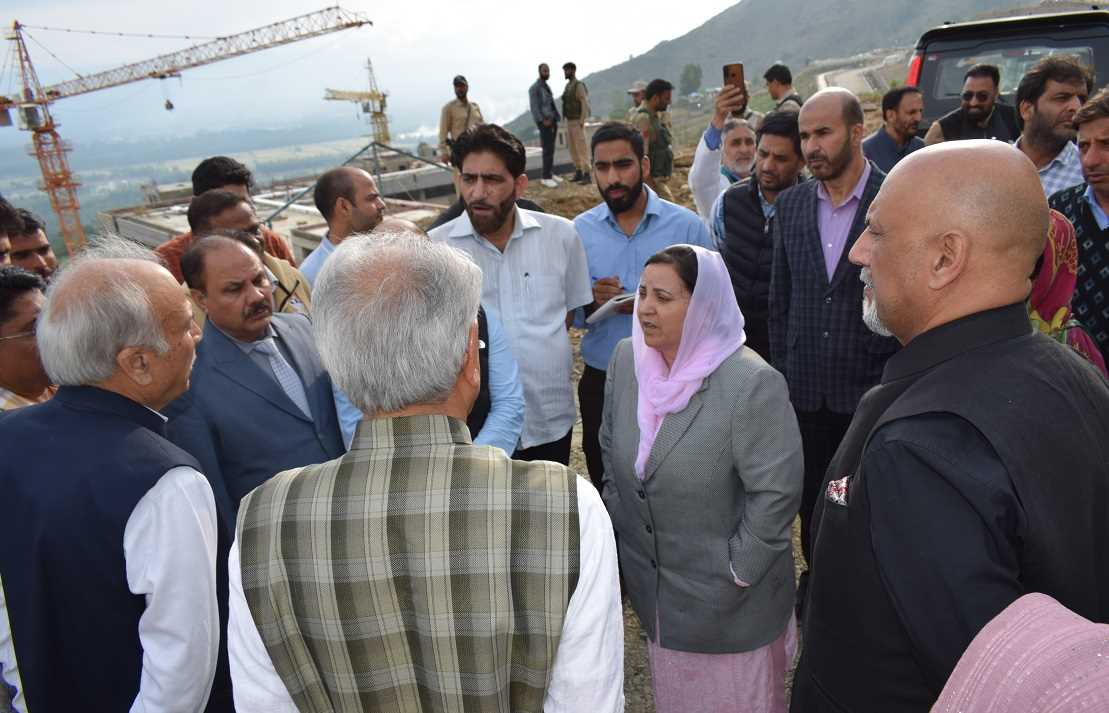In an unusual and perplexing turn of events, the iconic River Jhelum that gracefully meanders through Srinagar is now adorned with dried patches, creating a sight that has left residents and authorities bewildered. The phenomenon is believed to be a consequence of the prolonged dry spell currently gripping the region of Kashmir.
The dried patches, resembling cracked earth, have started to emerge along various stretches of the river, raising concerns among locals and environmentalists. This is an unprecedented occurrence for the historically significant river that has been a lifeline for the people of Kashmir.
The dry spell in Kashmir has persisted for an extended period, leading to a substantial decrease in the water levels of the Jhelum. The reduced water flow has exposed portions of the riverbed, unveiling these peculiar patches that have left experts scrambling to find explanations.
Local environmentalists suggest that the drying of the river patches might be attributed to a combination of factors, including reduced snowfall, low precipitation levels, and increased evaporation due to higher temperatures. Climate change is also being considered as a contributing factor.
Authorities are closely monitoring the situation and have initiated efforts to understand the environmental impact of the dried patches on the river ecosystem. Concerns are growing about potential consequences for aquatic life and the overall health of the river.
Residents of Srinagar are expressing their worries about the long-term effects of the dry spell on the river, which holds cultural, religious, and economic significance for the region. Some have called for community involvement in conservation efforts and water management strategies to mitigate the impact of the current environmental challenge.











